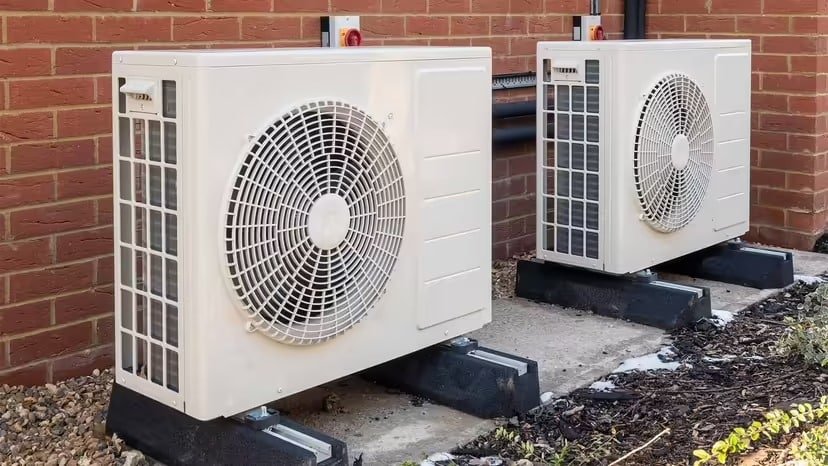In recent years, the demand for energy-efficient heating and cooling solutions has driven the popularity of heat pumps. These devices offer an eco-friendly alternative to traditional HVAC systems, utilizing a unique mechanism to provide both heating and cooling for residential and commercial spaces. In this article, we will delve into the intricacies of how heat pumps work, exploring their functionality and the benefits they bring to the table.
What is a Heat Pump?
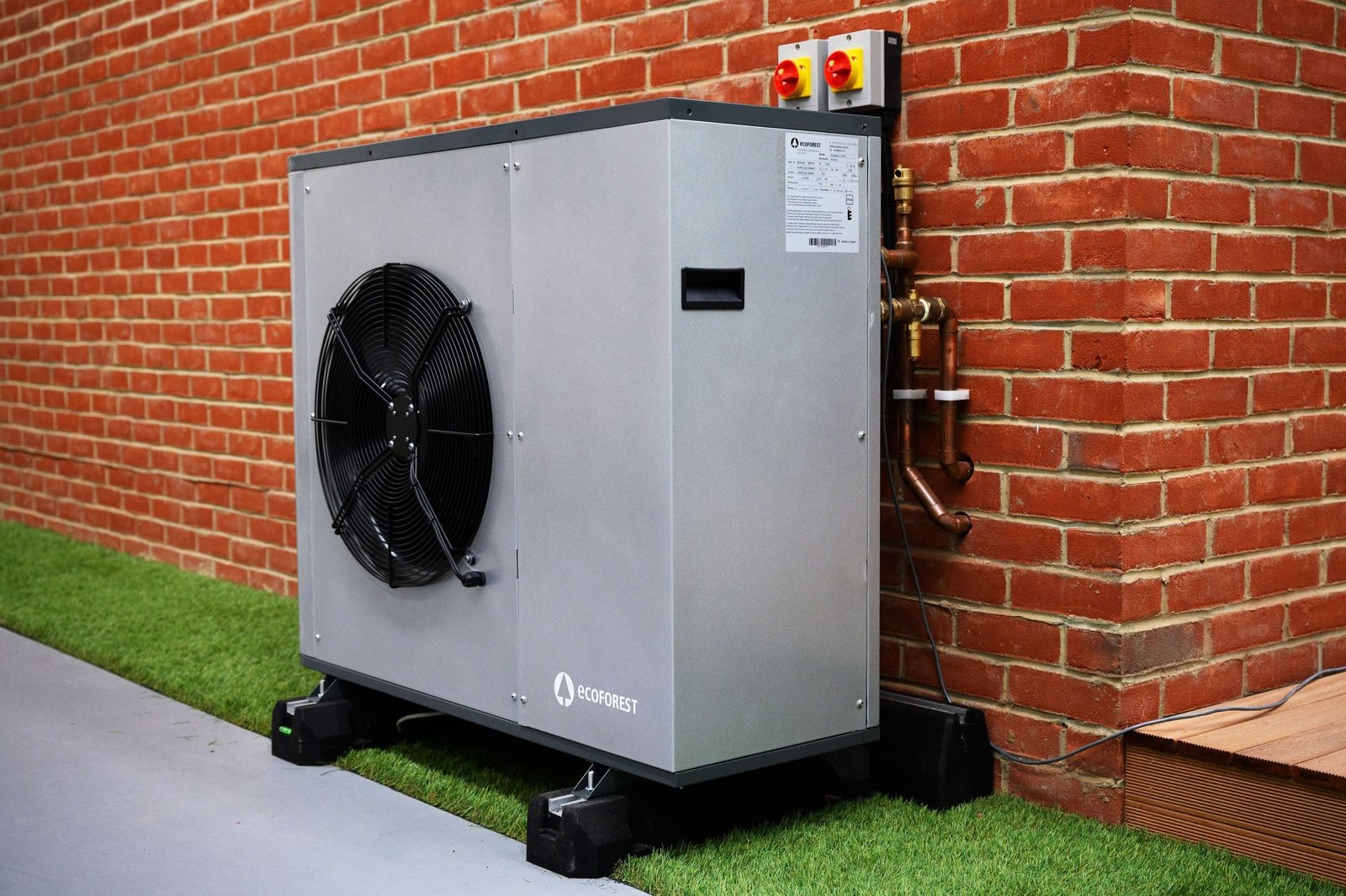
Before we dive into the mechanics, let’s establish a basic understanding of what a heat pump is. Essentially, a pump is a device that moves heat from one location to another. It operates on the principle that heat naturally moves from warmer areas to cooler areas. This means a heat pump can extract heat from the air, ground, or water sources and transfer it to another location, providing both heating and cooling capabilities.
How a heat pump works

A pump operates on the same fundamental technology as an air conditioner, employing a refrigerant to regulate the temperature of your home. What sets a heat pump apart is its incorporation of a reversing valve, a pivotal component enabling both cooling and heating functionalities.
When functioning in heating mode, the pump essentially reverses the typical operation of an air conditioner. Instead of expelling heat to cool the indoor space, it harnesses the refrigerant to generate warmth within your home. This process allows the pump to efficiently provide heating during colder periods, making it a versatile solution for year-round climate control.
Components of a Heat Pump System
A typical heat pump system comprises several key components, each playing a crucial role in its overall functionality. These components include:
Evaporator Coil: Located indoors, the evaporator coil absorbs heat from the air.
Compressor: The compressor increases the temperature and pressure of the refrigerant gas.
Condenser Coil: Situated outdoors, the condenser coil releases the absorbed heat into the external environment.
Refrigerant: This substance circulates through the coils, facilitating the heat transfer process.
Expansion Valve: This component regulates the flow of the refrigerant, controlling the temperature and pressure.
The Heating Cycle
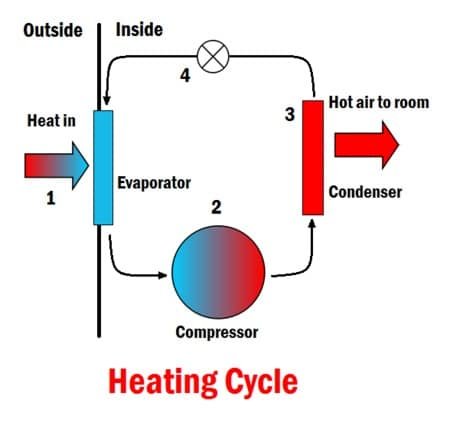
During the heating cycle, the pump extracts warmth from the outside air, ground, or water. Here’s a step-by-step breakdown:
Absorption of Heat: The evaporator coil absorbs heat from the air, turning the liquid refrigerant into a gas.
Compression: The compressor increases the temperature and pressure of the refrigerant gas, making it highly energized.
Release of Heat: The condenser coil releases the heat into the indoor space, warming it up.
Refrigerant Transformation: The refrigerant returns to its liquid state as it passes through the expansion valve, ready to restart the cycle.
The Cooling Cycle
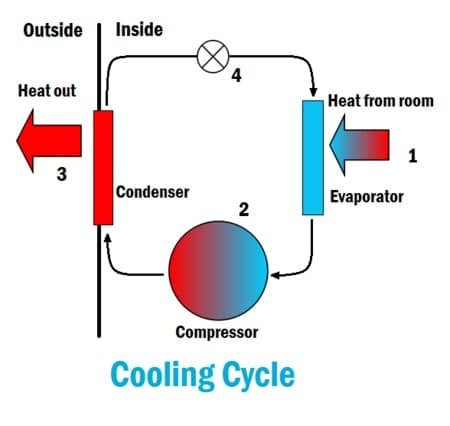
Conversely, during the cooling cycle, the functions as an air conditioner, removing heat from the indoor air and releasing it outside:
Absorption of Warm Air: The evaporator coil absorbs heat from the indoor air, transforming the refrigerant into a gas.
Compression: The compressor increases the temperature and pressure of the refrigerant, intensifying its ability to release heat.
Release of Heat: The condenser coil expels the absorbed heat outside, cooling the indoor space.
Refrigerant Transformation: The refrigerant returns to its liquid form, and the cycle repeats.
Energy Efficiency and Environmental Benefits
One of the most significant advantages of this pump is their energy efficiency. Unlike traditional heating systems that generate heat, simply move it, requiring less energy to operate. This efficiency not only translates to cost savings for homeowners but also reduces the environmental impact by lowering carbon emissions.
Common Types of Heat Pumps
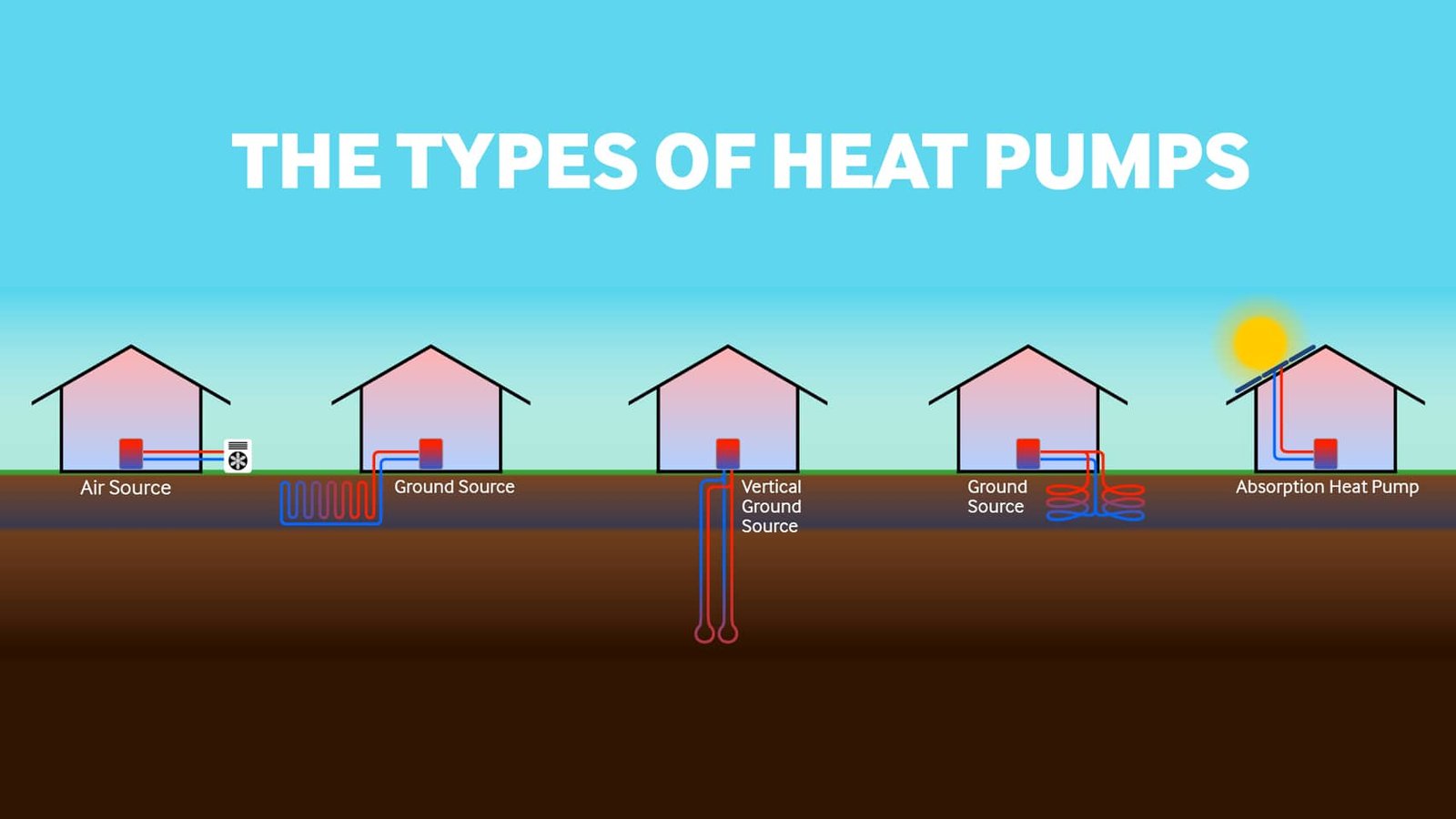
There are various types of pumps, each suited for different environments and requirements:
Air Source Heat Pumps: Extract heat from the outdoor air.
Ground Source Heat Pumps (Geothermal): Utilize the stable temperature of the ground for heat exchange.
Water Source Heat Pumps: Extract heat from a water source, such as a pond or lake.
Thermostatic Expansion Valve (TXV): This crucial component regulates the flow of refrigerant into the evaporator coil, ensuring optimal efficiency and performance. The TXV adjusts the refrigerant flow based on the temperature and pressure conditions, allowing the heat pump to adapt to varying heating and cooling demands.
Seasonal Energy Efficiency Ratio (SEER) and Heating Seasonal Performance Factor (HSPF):
These metrics quantify the efficiency of heat pumps. SEER measures cooling efficiency, while HSPF assesses heating efficiency. Higher SEER and HSPF ratings indicate superior energy efficiency, leading to reduced energy consumption and lower utility bills.
Reversing Valve for Versatility:
Many heat pumps are equipped with a reversing valve, a feature that enables the unit to switch between heating and cooling modes. This versatility ensures year-round comfort, allowing the heat pump to function effectively in both winter and summer months.
Smart Technology Integration:
Modern heat pumps often come with smart technology features, allowing users to control and monitor their HVAC systems remotely. Integration with smart thermostats and home automation systems enhances convenience and allows for optimized energy usage.
Maintenance Tips for Optimal Performance:
To ensure the longevity and efficiency of a heat pump, regular maintenance is essential. Tasks such as cleaning or replacing air filters, inspecting the refrigerant levels, and scheduling professional check-ups contribute to a well-functioning system, reducing the likelihood of breakdowns and costly repairs.
Comparative Advantages Over Traditional Systems:
Compared to traditional heating and cooling systems, heat pumps offer several advantages. They are more environmentally friendly, as they do not rely on burning fossil fuels. Additionally, they provide consistent and even heating or cooling, eliminating the fluctuations commonly experienced with some traditional systems.
Cold Climate Considerations:
While air source heat pumps are effective in milder climates, homeowners in colder regions may benefit from ground source heat pumps (geothermal). These systems tap into the stable temperature of the ground, providing reliable heating even in extreme winter conditions.
Financial Incentives and Rebates:
Many governments and utility companies offer financial incentives, tax credits, or rebates for installing energy-efficient heat pump systems. Exploring these options can make the initial investment more affordable and accelerate the return on investment.
Professional Installation and Sizing:
Proper installation and sizing are critical for the optimal performance of a heat pump. Hiring a qualified HVAC professional ensures that the system is installed correctly, maximizing efficiency and preventing potential issues.
Advantages and Disadvantages of Heat Pumps
Pumps have emerged as a popular and energy-efficient technology for heating and cooling in residential and commercial buildings. They operate by transferring heat from one location to another, utilizing the principles of thermodynamics. While it offer several advantages, they also come with certain drawbacks. Let’s explore the advantages and disadvantages of heat pumps.
Advantages:
Energy Efficiency: One of the primary advantages of this pump is their energy efficiency. Unlike traditional heating systems that generate heat through combustion, heat pumps simply move existing heat from one place to another. This results in significantly lower energy consumption and reduced utility bills, especially in moderate climates.
Versatility: It can function as both heating and cooling systems. In the winter, they extract heat from the outdoor air or the ground and transfer it indoors to warm the space. In the summer, the process is reversed, with heat pumps removing heat from the indoor air and expelling it outside, effectively providing air conditioning.
Environmental Friendliness: Heat pumps are considered environmentally friendly because they do not burn fossil fuels to generate heat. Instead, they rely on electricity to power the heat transfer process. As the electricity grid becomes greener with the integration of renewable energy sources, the overall environmental impact of heat pumps continues to decrease.
Consistent Temperature Control: Pumps provide consistent and even temperature control throughout the living or working space. Unlike some traditional heating systems that may create hot or cold spots, pump distribute heat or cool air evenly, enhancing overall comfort.
Long Lifespan: Well-maintained heat pumps can have a longer lifespan compared to some traditional heating and cooling systems. With regular servicing, a pump can last 15 to 20 years, providing a reliable and durable solution for home comfort.
Disadvantages:
Initial Cost: One of the significant drawbacks of this pump is their initial cost. The upfront investment for purchasing and installing a heat pump system can be higher than that of traditional heating systems. However, it’s important to consider the long-term savings in energy costs, which often outweigh the initial expense.
Climate Dependence: The efficiency of air-source heat pumps can be affected by external temperatures. In extremely cold climates, the outdoor air may not contain enough heat for the pump to effectively warm the indoors. In such cases, supplementary heating may be required, reducing the overall efficiency of the system.
Maintenance Challenges: While pump generally require less maintenance than combustion-based systems, they can face challenges in extreme conditions. Outdoor units may accumulate debris, and the system’s efficiency can be compromised if not properly maintained. Regular check-ups and cleaning are essential to ensure optimal performance.
Noise Level: Some pump systems, especially older models, can produce noticeable noise during operation. This can be a concern for homeowners who prioritize a quiet living environment. However, advancements in technology have led to quieter heat pump models.
Electrical Dependency: Pumps rely on electricity to operate, which can be a disadvantage in areas with unstable or expensive power supplies. Dependence on the electrical grid may pose challenges during power outages, highlighting the importance of having backup heating options in such situations.
Conclusion
In conclusion, heat pumps are versatile and efficient systems that offer both heating and cooling solutions for homes and businesses. Understanding their operation, from the basic principles to the specific components and cycles, sheds light on their growing popularity in the HVAC industry. As we continue to prioritize sustainable and energy-efficient technologies, heat pumps stand out as a compelling choice for environmentally conscious individuals seeking year-round comfort.
Read more article! visit here

